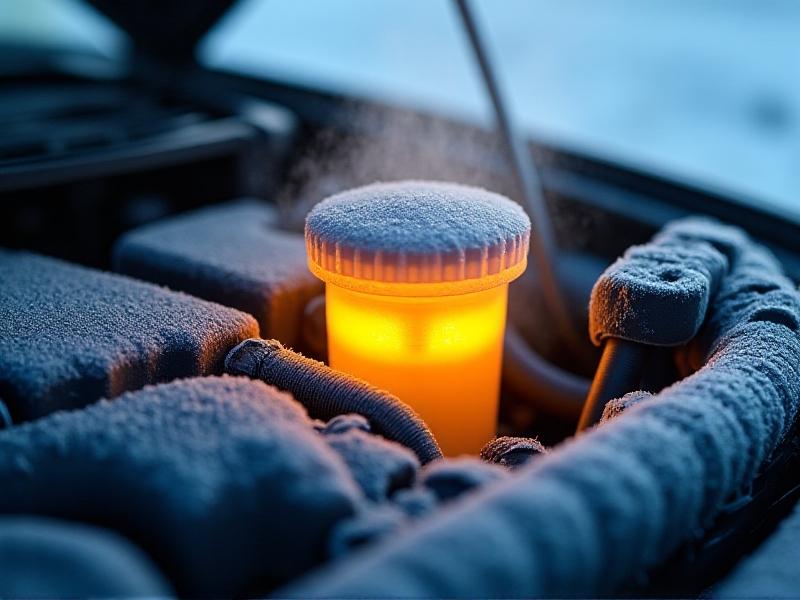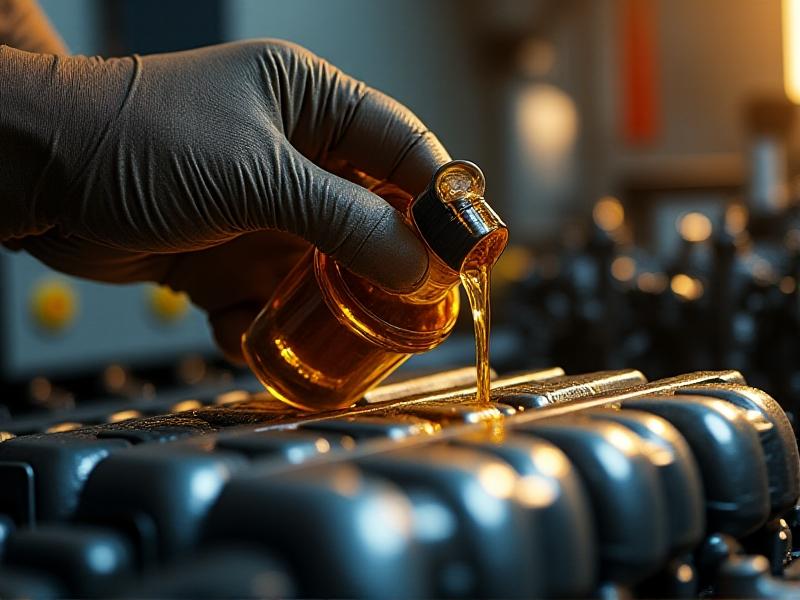```html
The Critical Role of Coolant in Engine Performance
Engine coolant is more than just a fluid that keeps your radiator from freezing or overheating. It’s a carefully engineered solution designed to protect metal components from corrosion, lubricate water pumps, and maintain optimal heat transfer. Without the right coolant chemistry, engines can suffer from accelerated wear, reduced efficiency, or even catastrophic failure. Climate plays a pivotal role in determining which coolant formula will perform best, as temperature extremes demand specific chemical balances to ensure year-round reliability.

Understanding Coolant Basics: Components and Functions
Coolants are typically a mix of base fluids, inhibitors, and water. Ethylene glycol and propylene glycol are common base fluids, prized for their ability to lower freezing points and raise boiling points. Additives like silicates, phosphates, or organic acids combat corrosion, while surfactants prevent scale buildup. The ratio of these components varies based on climate needs—arctic conditions require higher glycol concentrations, whereas desert environments prioritize additives that resist evaporation and deposit formation.

How Climate Dictates Coolant Chemistry Choices
Temperature fluctuations directly impact coolant performance. In freezing climates, inadequate antifreeze protection can lead to cracked engine blocks. Conversely, in scorching environments, insufficient boil-over resistance risks overheating. Humidity, altitude, and seasonal shifts further complicate formula selection. For example, coastal regions with salty air demand enhanced corrosion inhibitors, while high-altitude areas benefit from coolants with pressurized boiling points.

Selecting Formulas for Sub-Zero Climates
In regions where temperatures plummet below -30°C (-22°F), coolants with a 60:40 glycol-to-water ratio are essential. These formulas prevent freezing while maintaining flow through narrow engine passages. Hybrid organic acid technology (HOAT) coolants excel here, offering long-lasting corrosion protection without silicate dropout, which can clog systems. Regular testing with refractometers ensures glycol concentration stays within optimal ranges during harsh winters.

Optimizing Coolant for High-Temperature Environments
Desert and tropical climates require coolants that resist evaporation and stabilize boiling points above 125°C (257°F). Nitrited organic acid technology (NOAT) formulas are ideal, as they prevent cavitation in diesel engines and combat electrolytic corrosion. High-quality demineralized water should comprise 40–50% of the mix to minimize mineral deposits, which insulate heat transfer surfaces and reduce cooling efficiency.
Balancing Act: Coolant Solutions for Mixed or Variable Climates
Regions with dramatic seasonal shifts—such as humid summers and frigid winters—need versatile coolants. Universal formulas like phosphate-free HOAT provide balanced freeze/boil protection and compatibility with multiple metals. Annual coolant flushes are critical to remove contaminants, and dual-purpose test strips can monitor both pH and additive strength, ensuring adaptability to changing conditions.
Testing and Maintenance: Ensuring Year-Round Protection
Coolant degradation is inevitable. Electrochemical testers measure nitrate depletion, while pH strips detect acidity caused by oxidation. In mixed-fleet applications, avoid cross-contaminating different coolant types—silicate-based and organic acid formulas can react, forming abrasive gels. For extended drain intervals, opt for extended-life coolants with carboxylate inhibitors, which target corrosion sites without depleting over time.
The Future of Coolant Chemistry: Innovations on the Horizon
Emerging bio-based coolants derived from soybean or corn glycol are gaining traction for their lower toxicity and biodegradability. Nano-additives, such as graphene oxide, are being tested to enhance thermal conductivity by up to 20%. Meanwhile, smart coolants with IoT-enabled sensors could soon provide real-time data on chemical health, enabling predictive maintenance and reducing downtime.



